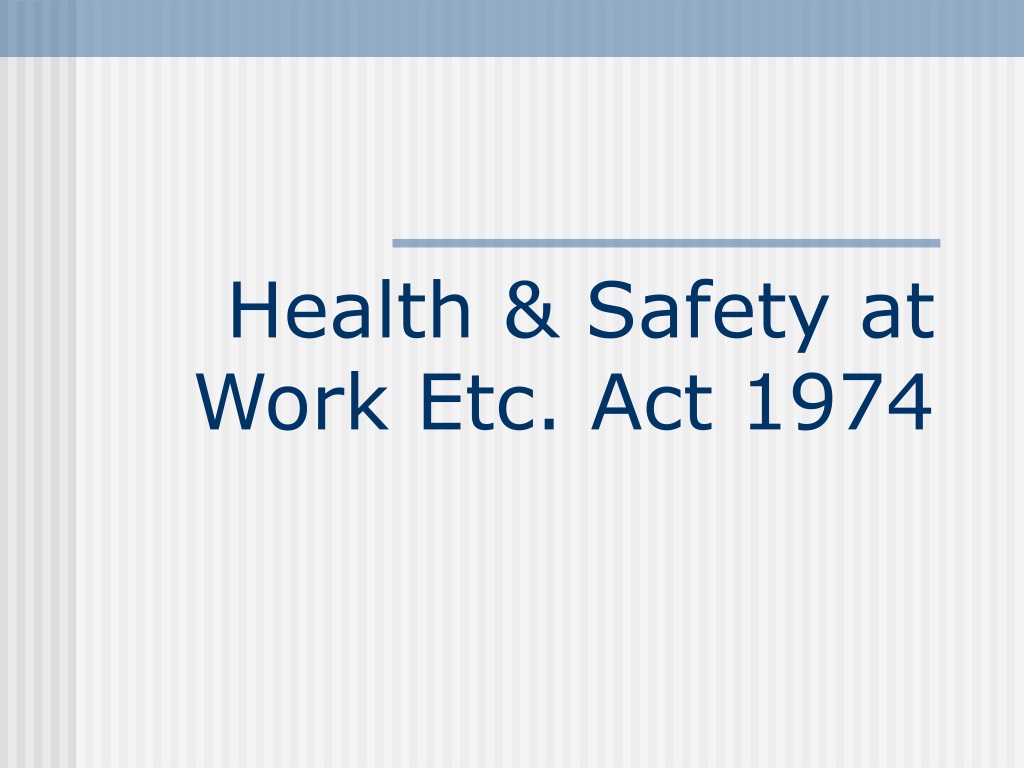HSWA 1974 is a framework of rules designed to create a safe working environment. As a primary piece of legislation, it’s supported by subordinate legislation which looks to focus on particular work environments, activities, processes or on specific aspects of health and safety.
1. Control of Substances Hazardous to Health (COSHH) 2002 – regarding the use, transport and storage of hazardous substances in relation to employee health.
2. Display Screen Equipment Regulations (DSE) 1992 (amended 2002) – focus on employee use of computer or DSE equipment used for work.
3. Manual Handling Operations Regulations 1992 (amended 2002) – designed to protect employees involved in manually moving loads during the course of their duties.
4. Personal Protective Equipment Enforcement Regulations (PPE) 2018 – ensure employers provide employees with PPE where the risks to health and safety cannot be otherwise protected.
5. Workplace (Health, Safety and Welfare) Regulations 1992 – set out the minimum requirements for safe and healthy workplaces.
6. Regulatory Reform (Fire Safety) Order 2005 – an order passed under the Regulatory Reform Act 2001 governing responsibility for fire safety in premises.
7. Reporting of Injuries, Diseases and Dangerous Occurrences Regulations (RIDDOR) 2013 – requires employers to keep accurate records and report accidents and injuries at work.
Between the Act and the subordinate legislation, every employer has details of the steps they must take to keep their employees (including freelancers and contractors) and visitors safe while in the workplace.
EMPLOYER"S RESPONSIBILITY:
1. All employers must have a Health and Safety Policy. If you have more than five employees, this must be written down.
2. Management must take responsibility for ensuring the Policy is followed, through working procedures designed to protect everyone.
3. Employers must appoint a competent person to meet their health and safety duties.
4. Risk assessments and inspections must be regularly carried out on premises, equipment and processes.
5. Employers must provide a workplace that is safe to work in, and a safe system of work (including all relevant training and Health and Safety Awareness training)
6. Employees must be provided with adequate facilities for their welfare, such as drinking water, toilets and first-aid supplies.
7. Employees must be properly informed about workplace hazards, and provided with adequate training, supervision and instruction. Any training must be provided free of charge and during working hours. (Many companies can provide this training for employees, often with the courses available online)
EMPLOYEES" RESPONSIBILITY:
1. Following and adhering to the training provided by an employer
2. Taking reasonable care of their own and other people’s health and safety in the workplace
3. Reporting all incidents and concerns to a responsible person
4. Working with the employer to create a safe working environment.








